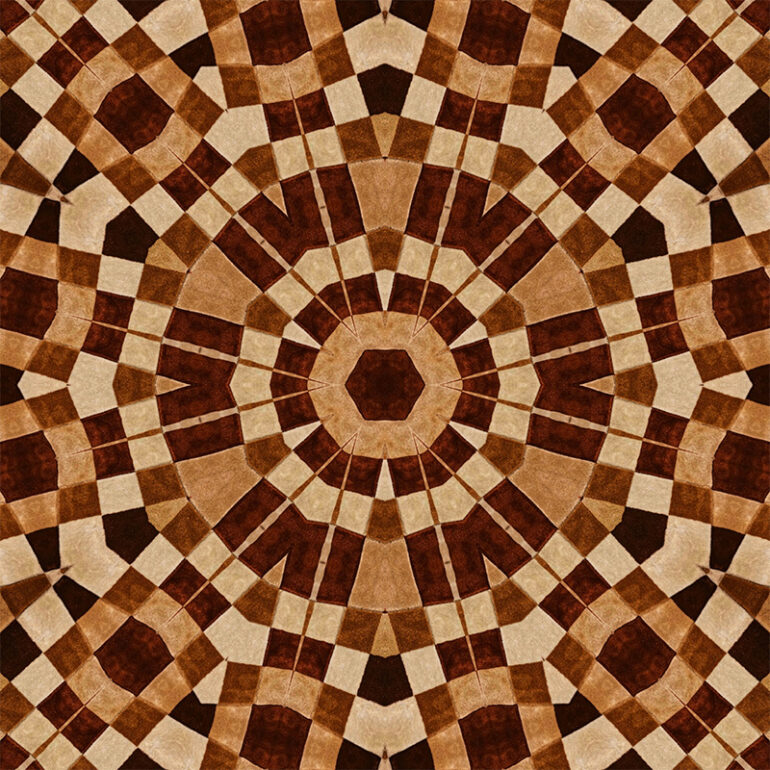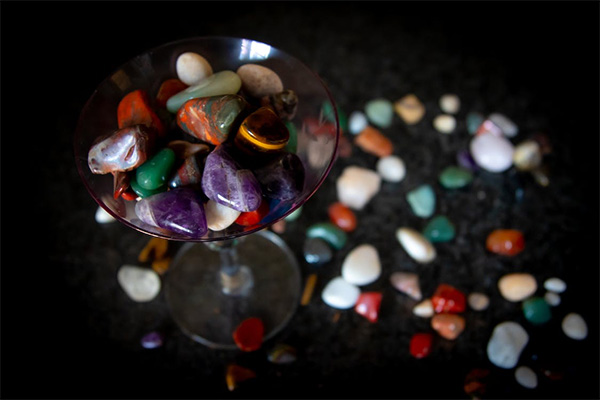The Dawn of Mosaics
Mosaic art is the decorative technique of assembling minute fragments of colorful glass, stone, or other materials to create images or patterns. This art form initially developed in Mesopotamia in the third millennium BC, where stone, ivory, and shell fragments were utilized to decorate temples. But it was the Greeks who elevated mosaics to an art form in the fourth century BC by including precise geometric patterns and exquisitely detailed representations of mythology and daily life.
Mosaics in the Roman and Byzantine Empires
Mosaics saw significant development under the Romans, with the art form used to adorn public buildings and private homes. Roman mosaics often depicted complex geometric designs, scenes from mythology, landscapes, and events from daily life.
The Byzantine Empire inherited the Roman mosaic art tradition and took it to new heights. The Byzantines introduced glass tesserae, tiny pieces of colored glass with gold and silver leaf for reflection. This technique added a brilliant, ethereal glow to the religious mosaics of the time, particularly evident in the domes of their churches and basilicas.
The Evolution of Mosaic Art in the Middle Ages and Renaissance
In the Middle Ages, mosaics were a crucial element in Christian and Islamic art. While Christian mosaics continued to embellish churches, Islamic mosaics, adhering to aniconic principles, flourished with intricate geometric and arabesque designs.
During the Renaissance, mosaics were less popular, as frescoes and oil paintings became the preferred mediums. However, some significant works, such as the stunning St. Peter’s Basilica dome, were created during this period, keeping the tradition alive.
Techniques and Materials of Mosaic Art
The variety of materials and methods used in mosaic art makes it so beautiful. Small, flat bits of stone or glass, known as tesserae, are assembled to form patterns or pictures in traditional mosaics. Ceramics, shells, pebbles, and even recycled materials have all been included in contemporary mosaics.
The “direct” and “indirect” methods are the two main ways used to create mosaics. The direct approach is laying each tesserae directly onto the base. The tesserae are first arranged on a temporary surface before being moved to a permanent basis in the indirect approach. Precision and simplicity of use are two advantages that each approach provides differently.
Mosaics in Contemporary Art
Mosaics continue to evolve in contemporary art, offering innovative and powerful means of expression. Artists like Antoni Gaudi, with his stunning mosaics in Parc Güell, or Invader, with his playful pixel-like mosaics in urban spaces, have taken the art form to new creative frontiers.
Mosaic art has a timeless beauty because of its adaptability, durability, and limitless artistic expression opportunities. A mosaic’s small pieces all fit together to form a whole, representing the beauty of diversity and togetherness. As much as we value mosaics’ lengthy history, we equally look forward to the inventive ways it will continue to enhance our visual environment.
Photo Attribution:
1st and featured image by https://www.pexels.com/photo/round-brown-black-and-white-wallpaper-2158455/
2nd image by https://www.pexels.com/photo/white-red-purple-and-green-pebbles-on-wine-glass-4611325/

